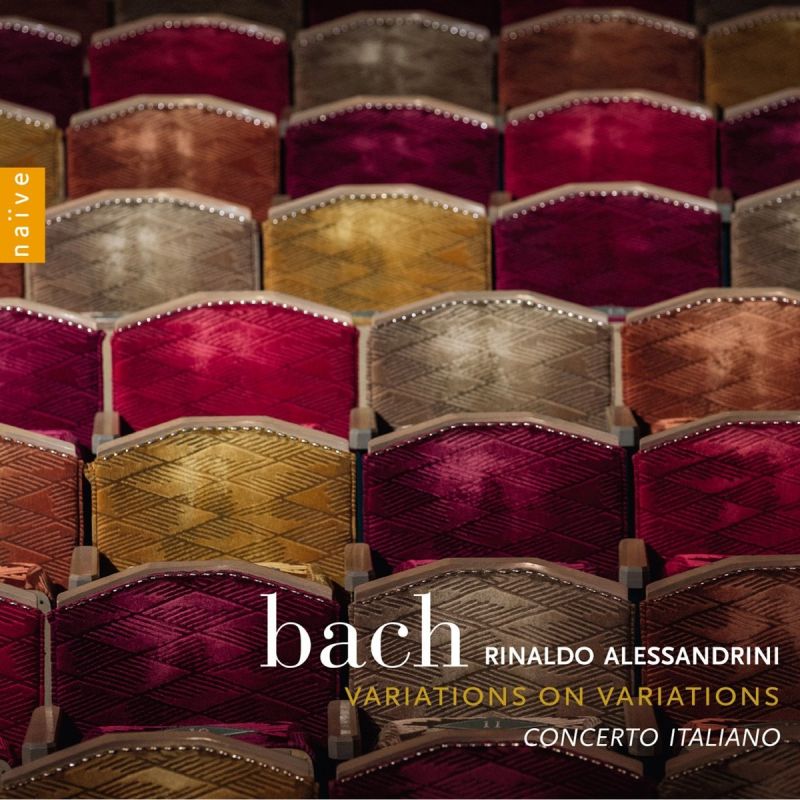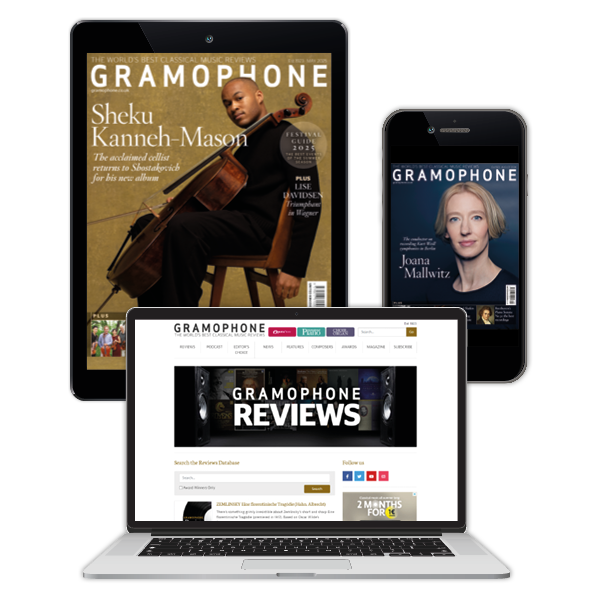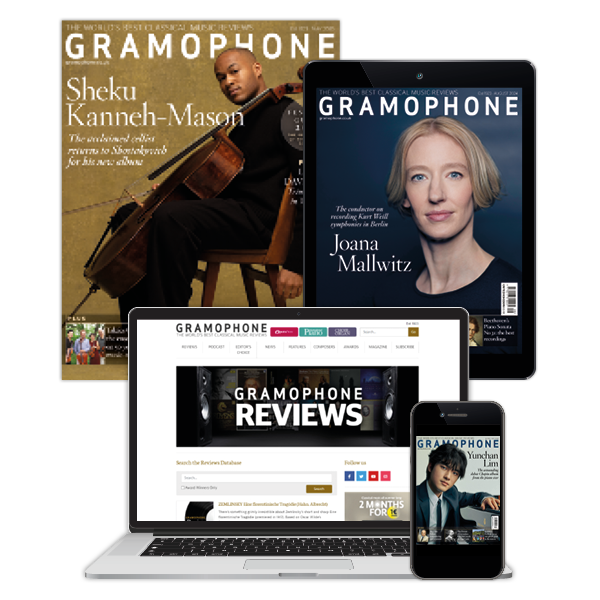JS BACH Variations on Variations
View record and artist detailsRecord and Artist Details
Composer or Director: Johann Sebastian Bach
Genre:
Chamber
Label: Naïve
Magazine Review Date: 02/2018
Media Format: CD or Download
Media Runtime: 68
Mastering:
DDD
Catalogue Number: OP30575

Tracks:
| Composition | Artist Credit |
|---|---|
| Passacaglia and Fugue, Movement: Passacaglia |
Johann Sebastian Bach, Composer
Concerto Italiano Johann Sebastian Bach, Composer Rinaldo Alessandrini, Director, Harpsichord |
| Aria variata |
Johann Sebastian Bach, Composer
Concerto Italiano Johann Sebastian Bach, Composer Rinaldo Alessandrini, Director, Harpsichord |
| Canzona |
Johann Sebastian Bach, Composer
Concerto Italiano Johann Sebastian Bach, Composer Rinaldo Alessandrini, Director, Harpsichord |
| Goldberg Variations |
Johann Sebastian Bach, Composer
Concerto Italiano Johann Sebastian Bach, Composer Rinaldo Alessandrini, Director, Harpsichord |
Author: Jonathan Freeman-Attwood
Alessandrini’s own introductory words are, ‘What you hear makes no pretence at orthodoxy. It is, rather, a divertissement, a subtle intellectual pleasure.’ However, that’s rather playing things down, because while there is subtlety here, it’s a subtly wrought brilliance that’s far more than mere divertissement. Equally, this is far from an orthodoxy-free zone, as becomes eminently clear if you consider his Goldberg Variations in the context of the two other notable existing transcriptions of it: Sitkovetsky’s arrangement for string trio (with Sitkovetsky on violin, Mischa Maisky on cello and Gerard Caussé on viola – Orfeo, 8/86, 12/86), and Labadie’s string-orchestra arrangement for Les Violons du Roy (ATMA Classique).
Take the opening Aria, where, far from pulling up the variations’ harpsichord roots, Alessandrini thoroughly beds them down by beginning with the solo harpsichord of the original. Then, when the instrumentation does flower out into ensemble writing, the original’s austere grace has been absolutely nailed, Antonio de Secondi’s violin tenderly singing the melody line to the gentle swells of the bare-bones strings accompaniment. There’s a harpsichord-faithful amount of air between the notes too, thanks both to their forces being considerably leaner than those of Les Violons du Roy and their smooth but just detached enough articulation. The harpsichord then maintains a firm presence throughout the subsequent movements, bringing a strong overall sense of cohesion to their switches between full ensemble, two instruments plus basso continuo, and two instruments minus bass; textural variety which Sitkovetsky’s trio, excellent though it is, can’t match.
The harpsichord Passacaglia in C minor, BWV582, the A minor Variations for harpsichord, BWV989, and the organ Canzona in D minor, BWV588, make up the rest of this most authentic of inauthentic transcription projects.
Discover the world's largest classical music catalogue with Presto Music.

Gramophone Digital Club
- Digital Edition
- Digital Archive
- Reviews Database
- Full website access
From £8.75 / month
Subscribe
Gramophone Full Club
- Print Edition
- Digital Edition
- Digital Archive
- Reviews Database
- Full website access
From £11.00 / month
Subscribe
If you are a library, university or other organisation that would be interested in an institutional subscription to Gramophone please click here for further information.




